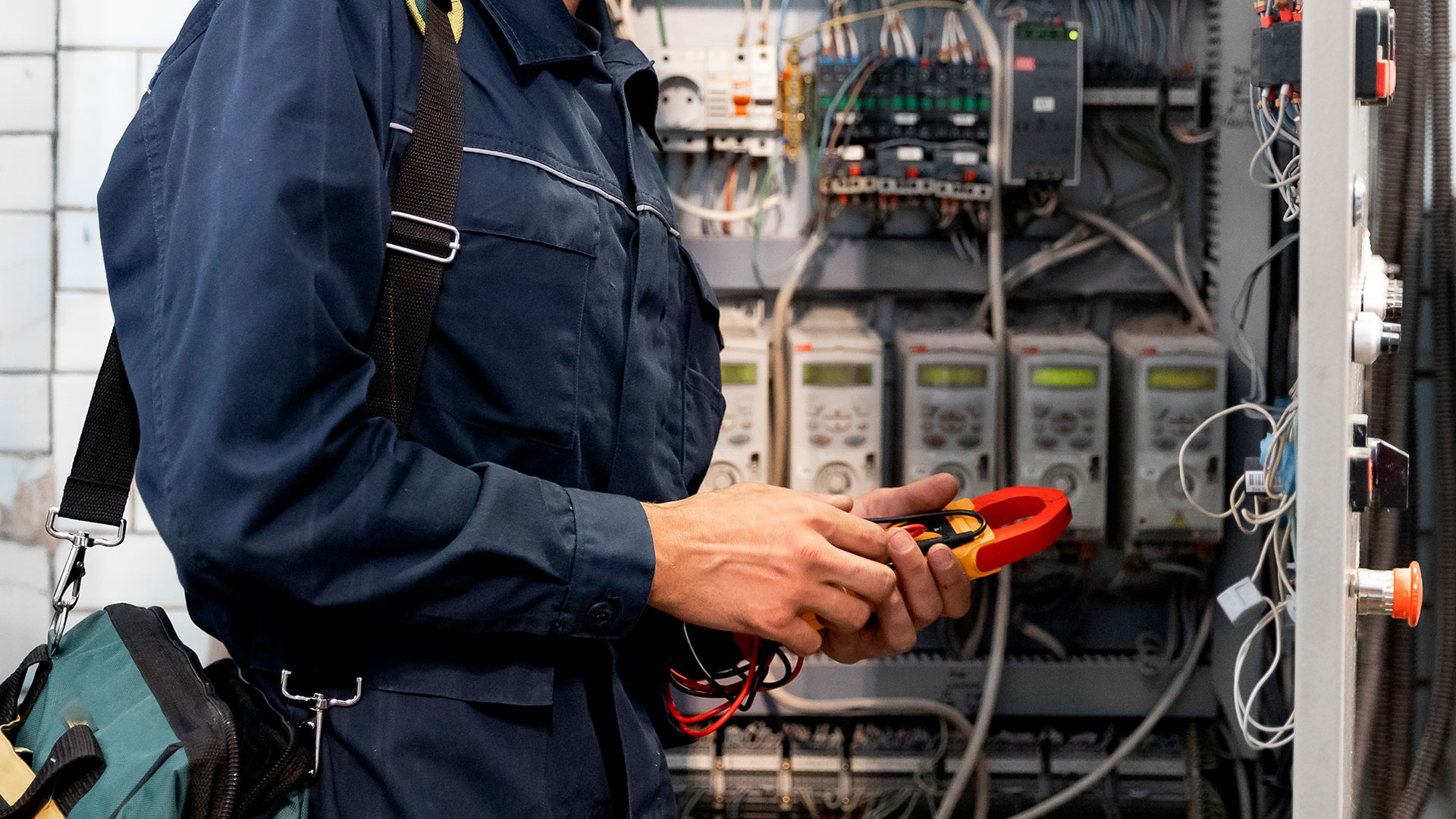Prepare for CRA compliance as Interniche NicheStack TCP/IP will reach end of general support
We at Tuxera are dedicated to developing products that are secure and resilient against the threats of the connected world....
We are here to help
Have a question or need guidance? Whether you’re searching for resources or want to connect with an expert, we’ve got you covered. Use the search bar on the right to find what you need.


Smart meters are transforming energy consumption monitoring worldwide. Thanks to their real-time connectivity and continuous data exchange, they enable utility companies to optimize energy supply while helping consumers to reduce energy usage. As smart meters become more common, cybersecurity needs to be a top priority, with resilient file systems and secure smart meter networking to keep data safe.
Smart meters are revolutionizing the way we monitor and manage energy consumption worldwide, as utility companies and energy consumers share the benefits of a smarter, more connected, and more efficient energy system. Let’s take a look at how smart meters work, how they differ from traditional meters, and what’s coming up for smart meters in the future.
Looking for help with your smart meter use case? Get in touch!
Smart meters are digital devices that measure utility consumption, such as gas, water, or electricity. For example, a smart meter can measure the gas and electricity you’re using and send the readings automatically to your energy supplier. Smart meters can also capture a wide range of other data, including voltage levels and power outages. Because the readings are sent automatically, they enable more accurate billing and eliminate the need for manual meter readings.
Smart meters are quite different from their analog predecessors. Traditional meters need to be read manually on site and provide limited data, while smart meters offer several advanced features, such as:
Smart meters measure energy consumption, just like traditional meters. However, unlike traditional meters they can communicate this information to the utility company and receive instructions or updates back.
A recent tear-down report revealed the key smart meter components, including a communication module, display unit, circuit board, and power board. One of the most important components is the communication module, which has a built-in GPRS module or other communication technology to connect it to the meter-reading system. The module also has a SIM to securely transmit data to a local smart meter gateway or directly to the cloud and a flash memory to store the firmware and other important data. The memory ensures that important information is not lost even during power outages.
Smart meters are transforming the energy sector by providing real-time, accurate, and secure energy consumption data. With their advanced features and connectivity, smart meter technology enables utility companies to optimize energy distribution and empowers consumers to make informed decisions about their energy usage.
The EU’s European Energy Directive (EED) aims to increase energy efficiency by 32.5% by 2030. Smart meters will play a key role in achieving this by helping consumers to better manage their energy usage and reduce their consumption. The penetration of smart meters in Europe reached 60% in 2023 and is set to increase to about 78% by 2028 (Smart Energy International). North America also has a high penetration rate, with smart meters making up about 77% of the market, while the Asia-Pacific region boasts the largest number of installed smart meters in the world (IoT Analytics).
But as smart meter adoption continues to increase, the security risk increases too. Without the right embedded data storage and connectivity software, smart meters are at risk of being hacked, putting consumers and key infrastructure at risk. Secure data storage and transmission is essential to keep the energy network safe.
To keep smart meters reliable and safe, two crucial factors come into play: resilient file systems and secure networking.
Resilient, fail-safe file systems prevent data corruption that can be caused by unexpected power loss. Without a robust file system, constant program erase cycles can wear out the flash memory, leading to data corruption and costly maintenance or replacement of smart meters in the field.
Secure networking is essential to ensure secure and efficient data transfer. Smart meters need reliable networking solutions like the TCP/IP Stack to transfer data to smart meter gateways or directly to the cloud. Tuxera’s TCP/IP Stack (formerly Tuxera Networking Stack) ensures that OEM devices are resilient to cybersecurity threats, providing end-to-end encryption and secure communication protocols.
Tuxera embedded software is helping OEMs to build resilient and secure smart meters with a long lifetime. Find out more about how Tuxera smart meter technology has brought power fail-safe reliability and a lifespan of over 30 years to an innovative smart meter platform.
Are you experiencing challenges with data storage or transfer in your smart meter applications? Tuxera can help. Get in touch with us.
Suggested content for: